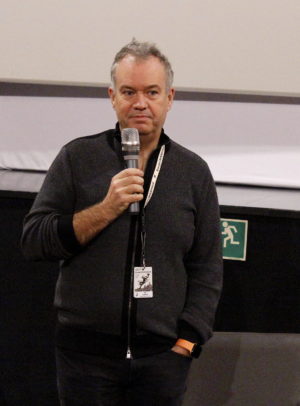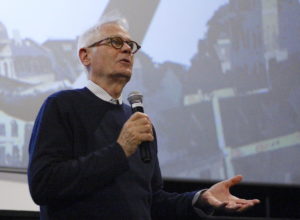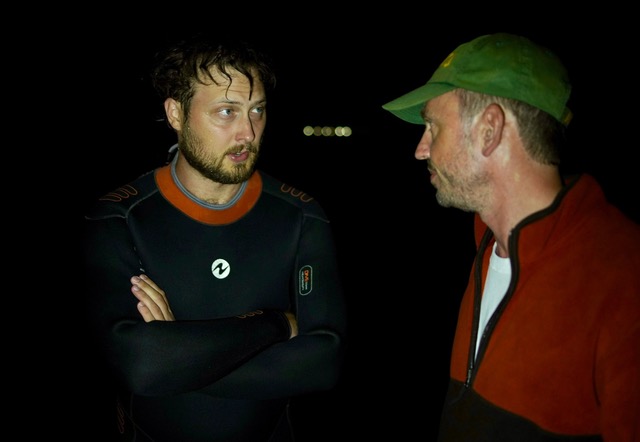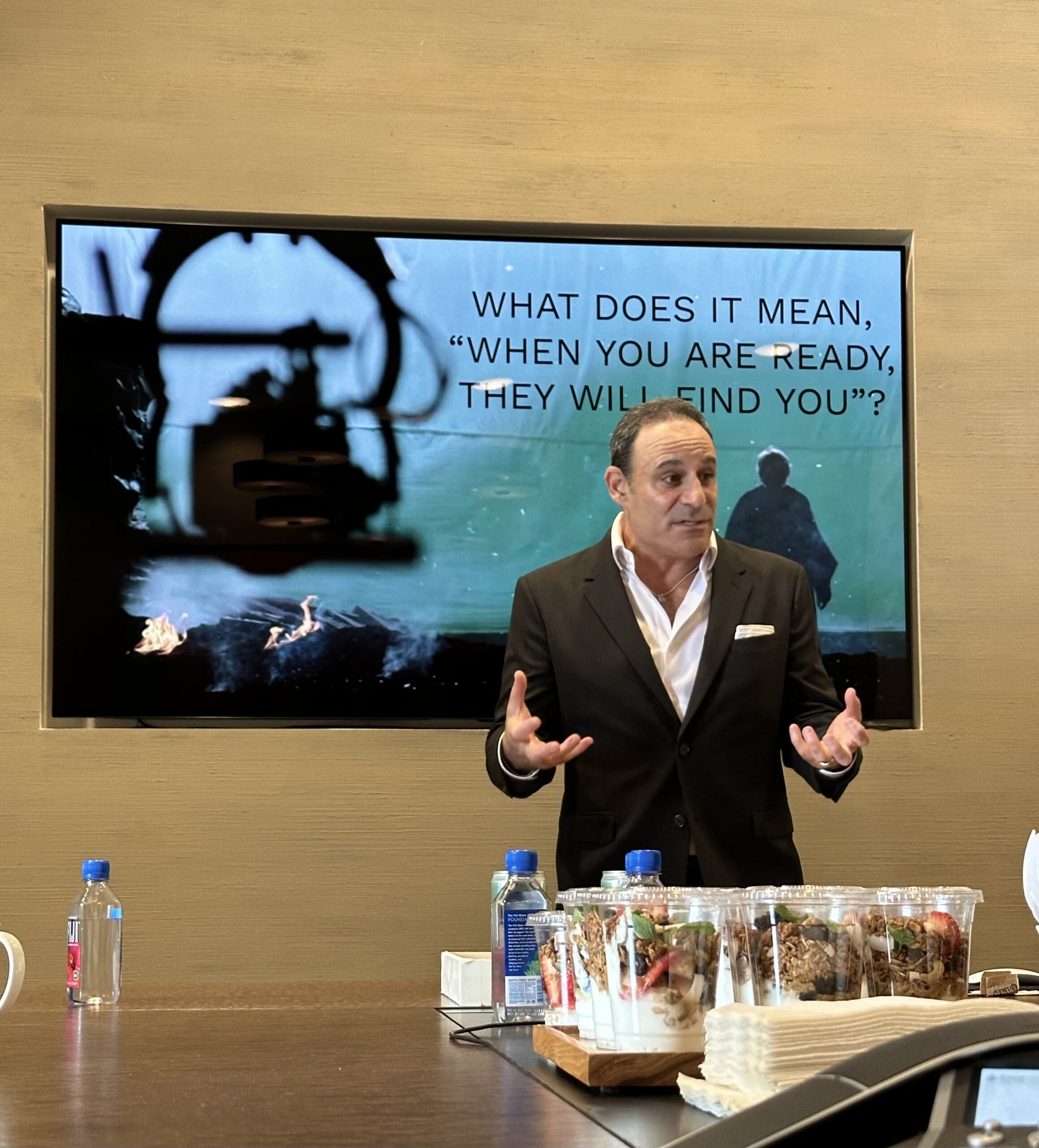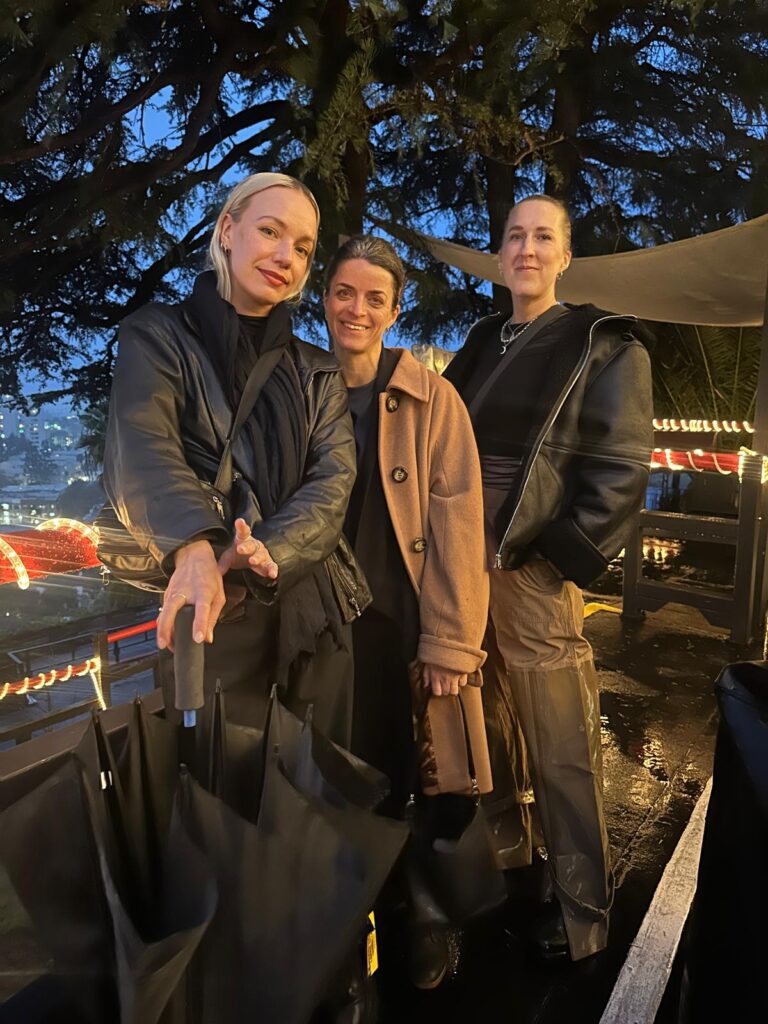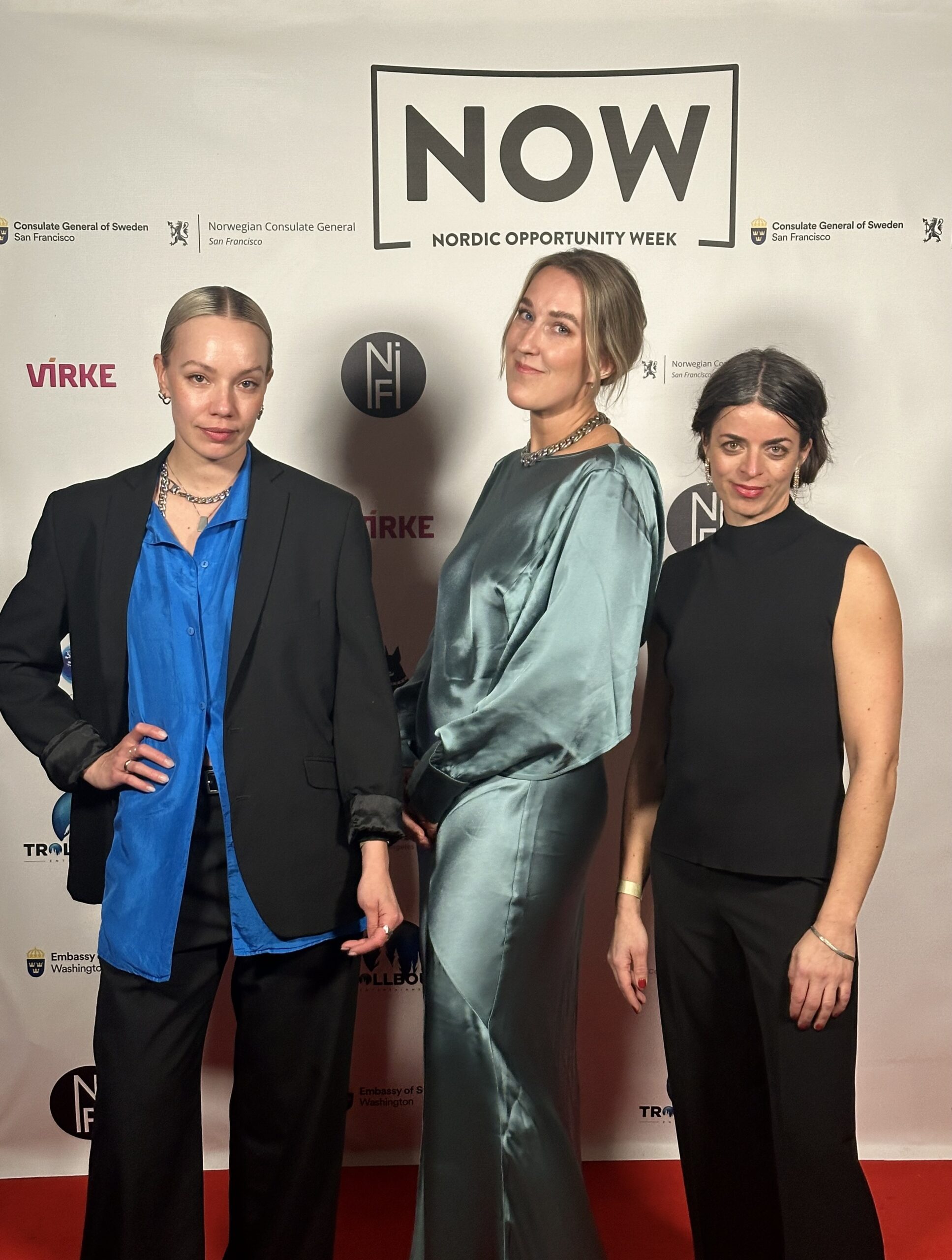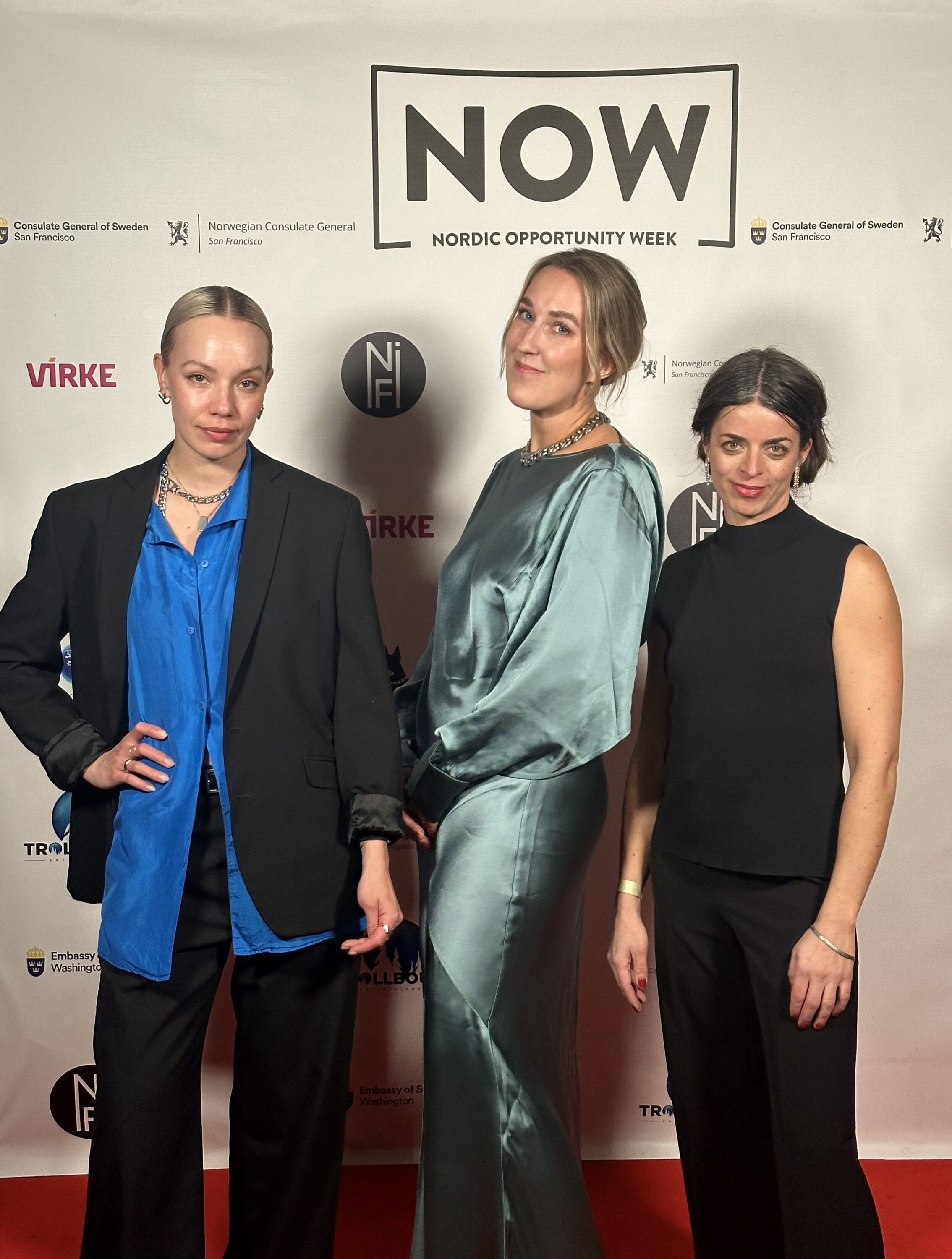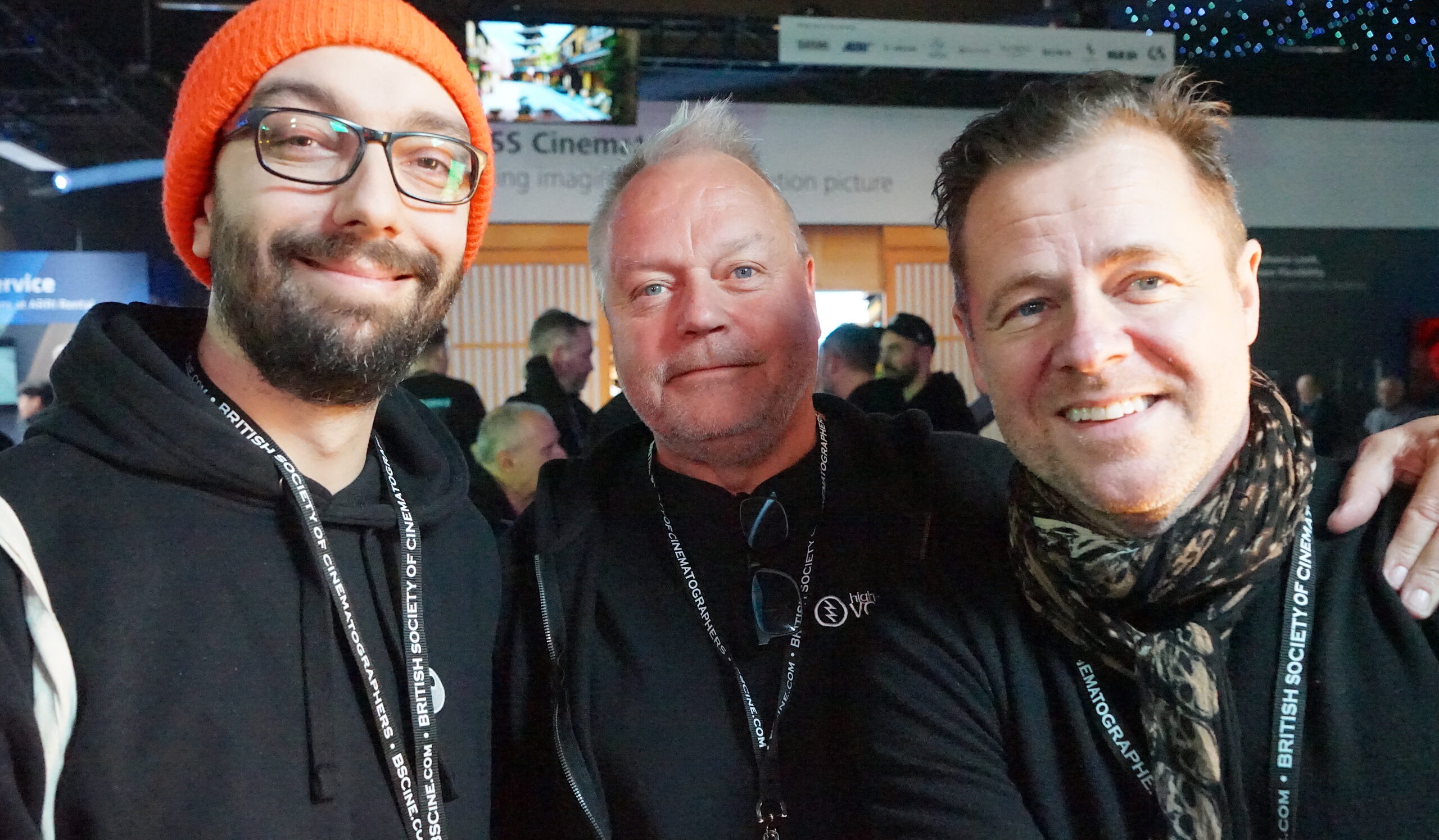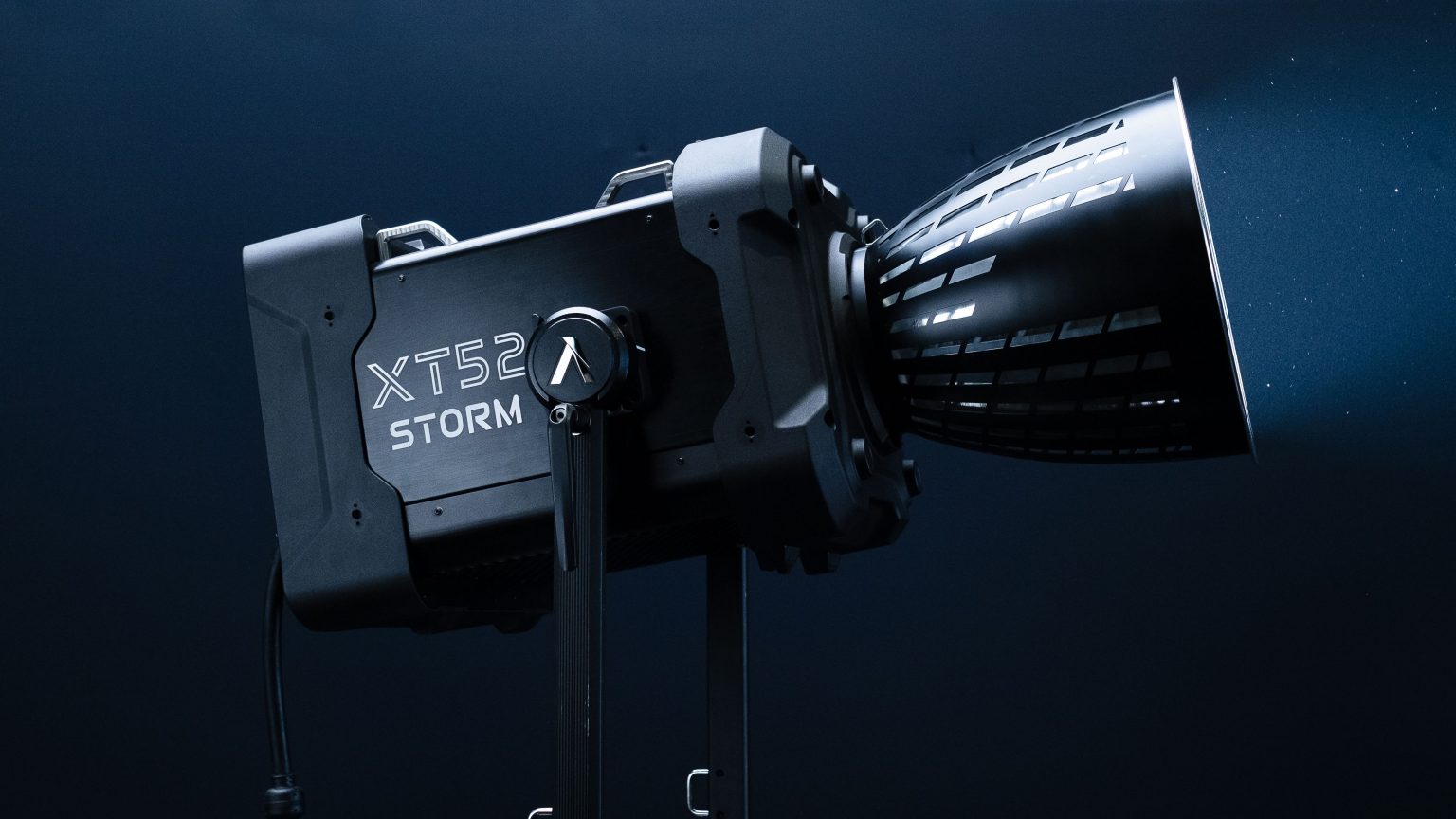Camérimage 2019 Report
At least two prominent figures have helped making the beautiful medieval city of Torun in Poland famous: Nicholas Copernicus, renowned astronomer of the-earth-revolves-around-the-sun fame, and Marek Żydowicz, Director of the Camérimage Film Festival! And between the 9th and the 16th of November 2019, the 27th edition of the Camérimage International Film Festival dedicated to the Art of Cinematography was held right here in Torun.
As is their habit, the arrangers of the festival have lined up roughly a hundred seminars and workshops and almost three times as many film screenings during this week, offering visitors an almost dizzying smorgasbord to choose from. Seminars featuring, or personal appearances by, such cinematic luminaries as Darren Aronofsky, Peter Greenaway, Josh Hartnett, Edward Norton, Danny DeVito and Richard Gere abound.
And the lineup of cinematographers reads like a Who’s Who of cinematography: Vittorio Storaro, Oliver Stapleton, Stephen Lighthill, Rodrigo Prieto, Ed Lachman, Lawrence Sher, John Bailey, Dante Spinotti, Chris Doyle, Roberto Shaefer and Caleb Deschanel are all here.
In fact, there are so many seminars and screenings here at the festival that it’s entirely possible to pick almost any kind of viewpoint on the subject of visual storytelling, depending on one’s wishes. As fate would have it, I myself wound up getting a special-effects heavy perspective, attending some fascinating seminars on the subject.
Good News from the ASC
And getting back to the art of cinematography -on Saturday November 9th, during the opening ceremony of the festival, ASC President Kees Van Oostrum was presented with a special award by festival director Żydowicz and organizer Kazik Suwala, commemorating the ASC’s centennial. Van Oostrum took this opportunity to announce that the ASC will join IMAGO as an Associate Member, which needless to say is wonderful news to the global community of cinematographers, as we will now all stand far stronger together in striving to overcome the challenges facing us as international visual artists.
The 26th edition of Camérimage, held last year in the nearby city of Bydgoszcz, ended with a dramatic and rousing speech from festival director Żydowicz, stressing the mounting difficulties which the arrangers face in putting together the festival. Some even feared that last year’s festival might’ve been the last one ever!
But happily, the Camérimage festival is back, stronger than ever, and it’s also back in the town where it all started, Torun.
Important IMAGO Events
Checking the Program, there are three important IMAGO events during this year’s festival. Two of them took place on Thursday 14th. First out was an ASC-IMAGO-Netflix seminar focusing on creative and technical challenges, which was followed by, later on the same day, an IMAGO Central European Cinematographer’s Conference.
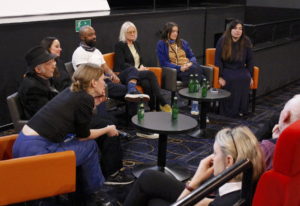
The Diverse Vocies Panel (from left): Virginie Surdej SBC, Ed Lachman ASC, Natasha Braier ASC ADF, Bradford Young ASC, Nina Kellgren BSC, Ula Pontikos BSC and Elen Lotman ESC (moderator)
During the third IMAGO event, held on Friday 15th and entitled ”Diverse Voices Panel Discussion -On the Necessity of Diversity in Film Production”, the auditorium in screening room number 4 at Cinema City was packed to capacity. ESC President and IMAGO Board Member Elen Lotman ESC moderated a fascinating conversation among illustrious panelists Virginie Surdej SBC, Ed Lachman ASC, Natasha Braier ASC ADF, Bradford Young ASC, Nina Kellgren BSC and Ula Pontikos BSC.
Elen Lotman deserves kudos for very capably handling the debate, which covered difficult subjects and actively involved an audience which offered questions that would sometimes fly off on tangents.
Since the Camérimage IMAGO events really deserve an article of their own, they are covered in great detail by Simon Woods ACS in a separate article (link available soon).
Epic Special Effects
Anyone who during the last 30 years has glanced at the end credits of such blockbuster movies as the James Bond films, Saving Private Ryan, Gladiator or Chris Nolan’s Batman films, may have noticed the name Corbould in the Special Effects credits. That’s because the four brothers Chris, Ian, Paul and Neil Corbould have been heavily involved in the physical effects work on those titles, as well as scores of others. And now Neil Corbould is here, at Camérimage, giving a seminar entitled Epic Special Effects which he kicks off with a king-sized showreel of some of his best effects work. We watch amazing clips from The 5th element, Saving Private Ryan, Black Hawk Down, Gladiator and many others.
Taking the microphone, Neil thanks us for showing up. When he found out his seminar would be held simultaneously as the personal appearance by Edward Norton in the auditorium next door, he feared he’d not have much of an audience… But he needn’t have worried, there’s a sizeable crowd here.
Neil explains that he works best off of questions, and encourages us to ask anything we might wonder about. And one of the first subjects to pop up is the difference between visual effects and special effects. Basically visual effects means effects work done during postproduction in the computer, whereas special effects means anything done on set, for real, and in camera.
Neil actually has to explain this distinction to people on the various productions he works on as well, his standard line being ”No, no, I’m the special effects supervisor, I blow things up!”
And Neil blows a lot of things up in his day-to-day activities, having had for instance the delicate assignment of placing 3 kilos of explosives close to Tom Hanks on Saving Private Ryan!
But by and large, physical effects have had bit of a struggle during the last 25 years, as there isn’t broad awareness out there how much stuff can actually easily be done for real in front of the cameras on a film set, and a lot of young visual effects supervisors are keen on doing pretty much everything with CGI during postproduction. ”I’ve been trying to keep special effects alive,” Neil explains, and offers as an example a recent production he worked on where the Visual effects supervisor claimed he could do fire better than Neil, ”which I found a bit odd, because I would have used real fire.”
Neil is also frequently asked to create rotating rigs to simulate an airplane interior for instance. For any rotating construction that’s dependent on electricity in all its parts, you need to solve the problem of how to distribute that electricity. If you supply the power with cables you can only go around once -highly impractical for the turret of a tank, for instance! In the turret of tanks you have a military grade slip-ring, consisting of a giant copper ring and brushes which guarantee a steady supply of power regardless how many times the turret rotates. This is Neil’s preferred go-to solution when creating rotating rigs, since of course numerous things on that set will need electricity, from lighting to sound, etc.
Special Effects and Stunts are the two departments on a production which run the greatest risk of getting people hurt. The small explosive charges used to simulate a bullet hit could cut a person’s toe off, should an actor accidentally step on it. The 3 kilos of dynamite that are routinely used to simulate grenade hits could obviously kill several people in a worst case scenario. Happily, the awareness of safety issues is quite high on present day productions. Producers know, if anything happens on a set, they’re the ones who are going to have to face the legal consequences.
In the last few years, Neil decided to give himself a new challenge and has tried his hand at direction. Having had the opportunity of watching both brilliant –and sometimes less than brilliant- directors at work, Neil felt he wanted to have a go at it himself. Rounding off the seminar we are shown a short film directed by Neil which was shot in Poland last year.
We watch breathlessly, as the subject matter is quite horrific and, even more chillingly, it is based on actual events. Neil has bought the rights to the book on which the short film is based, and he is now aiming to get it made into a six part episodic TV series.
And the theme of Effects Work continues as I enter another screening room at Cinema City, where an in-depth report on the making of Disney’s The Lion King (2019) is about to begin.
From Reality to Virtual to Real
Messieurs Rob Legato and Caleb Deschanel begin this lecture by explaining that a decision was made at the Disney studios a few years back to follow up the highly successful CGI remake of The Jungle Book (2016) with an attempt at remaking The Lion King (1994) in the same vein. It was felt that both properties shared similar qualities and opportunities, relying heavily on antropomorphic animals to propel the narrative.
Messieurs Legato and Deschanel are both fascinating people. Legato is something of a visual effects legend, having supervised the effects on Titanic (1997) and The Aviator (2004) among others. He has been nominated for four Academy Awards and has won three. Deschanel is no less legendary himself, having been nominated for the Academy Award for Best Cinematography a whopping six times(!) during a 50-year long stellar career full of such hits as Being There (1979), The Right Stuff (1983) and Jack Reacher (2012).
The making of this film was very special. Deschanel, Legato and a small skeleton crew travelled to Africa for an inspirational experience, visiting many of the same locations which the animators of the original 1994 Lion King had visited back in the day. Deschanel shot a lot of footage of typical exteriors that might find their way into the finished film.
After the African trip, the filmmakers settled in a not overwhelmingly large room, which became their workplace for the next year. In the room there was specially modified camera equipment to perform camera moves and focus pulls with. Using VR goggles, the team would then perform take after take with this equipment, and the takes would be recorded in real time as a very basic, sparingly detailed, shot featuring the leading characters in the story.
Legato sums up succinctly what the basic work consisted of on this project, ”you make these camera movements in this VR environment, and only the approved takes will later be rendered into finished scenes in the film. One frame can take as much as a hundred hours to render using ray tracing.”
In the VR studio it’s possible to make an infinite amount of shots, but you need classically trained film workers to pull them off, and only the shots deemed worthy of being in the movie will be rendered. In fact the small team went through several dolly grips on the shoot, because the dolly grips just found it so tedious to perform motions on the same few feet of tracks over and over -even though the shot may have been up the face of a cliff, or covering several miles across a savannah.
Legato makes two predictions on what this might lead to in the future. 1) Gaming engines will become more powerful, so that the shot made by the crew in the VR studio will be rendered and ready to cut into the movie that same day -not months later, as is the case today. 2) Someone with the skill sets of Caleb Deschanel has honed those skills during thousands of hours of work on actual film sets. In the future those who so wish can hone their cinematic skills in a VR environment and can thus acquire considerable skill at operating, lighting, pulling focus etc, which can then be applied on actual film shoots.
Fortunately neither Legato nor Deschanel feel this technology will threaten the jobs of cinema industry workers, as you will still need qualified cinematographers, dolly grips, focus pullers, etc, for this kind of project. They do see an increased use of LED video walls on shoots, though, and it’s safe to predict that future film crews may travel less. Perhaps a crew will be based in a studio working on sets, and when they need to do interior car shots, or one shot on an exotic location, that may be accomplished with VR technology and the results put up on a video wall which actors can perform in front of.
Closing Thoughts
I mentioned earlier that Camérimage is stronger than ever. It also seems to be bigger than ever, and size doesn’t necessarily mean an advantage in this case. One almost has the impression of being inside a really large machine, where parts are so far from each other that it’s difficult to get a grasp on the situation. The entire festival is rounded off with a gigantic closing ceremony and party for which people started lining up on the sidewalk outside the Jordanki Cultural and Congress Centre a couple of hours ahead of time.
A wonderful line-up of cinematographers are here, that’s for sure, but they are not necessarily accessible. At, say, the BSC Expo or the ODCC you can just walk up to a prominent cinematographer and strike up a conversation. At Camérimage, the way things are now, this is not easily done. Visiting the 27th Camérimage festival one can’t help getting the impression that it has grown in size to the point where it’s just barely within the arrangers’ control. We must therefore hope and trust larger locations can be found and established in Torun soon, so Camérimage can have more room to accommodate not only sponsors and dignitaries, but also cinematographers.
Lars Pettersson
